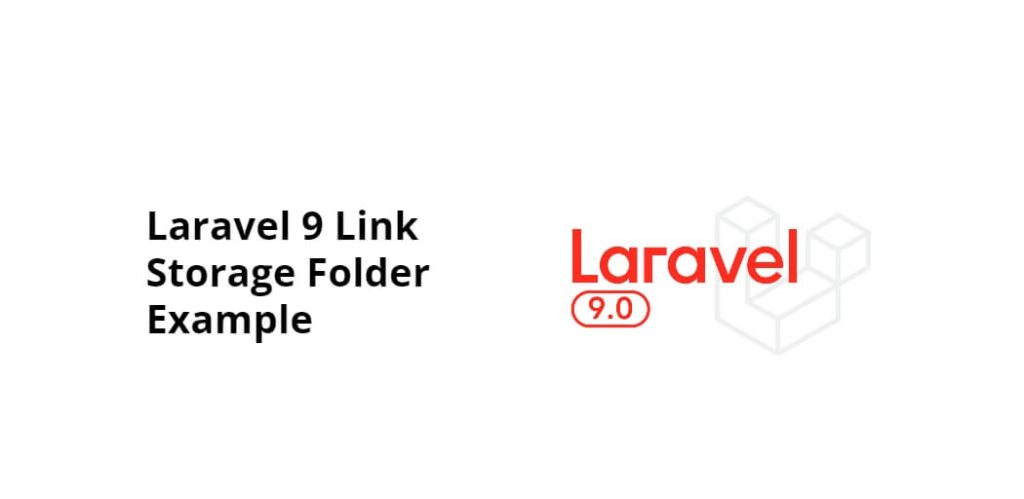Laravel 9 storage:link. In this tutorial, we will learn how to link the storage folder and access file from there in laravel and download file from url to storage, upload image to storage.
And as well learn how to access to write to the app/storage directory. We can change that through Cpanel File manager. Note that the permissions should be 755 for folders and 644 for files.
Laravel link storage folder example will cover the following topics:
- laravel link storage folder
- laravel storage:link not working
- laravel storage_path
- laravel link storage to public_html
- laravel link storage to public
- laravel storage link permission denied
- laravel storage link command
Note: The best approach is to create a symbolic link. To help with this, from version 5.3, 6, 7, 8, Laravel includes a command that makes it incredibly easy to do.
we can use the below command for link storage folder in laravel:
php artisan storage:link
If we face laravel storage link permission denied. So, this tutorial will help us to give permission for linking public storage directory in laravel apps.
It turns out I was missing a view directories in laravel_root/storage/. In order to fix this, all I had to do was:
cd {laravel_root}/storagemkdir -pv framework/views app framework/sessions framework/cachecd ..chmod 777 -R storagechown -R www-data:www-data storage
That creates a symlink from public/storage to storage/app/public for we and that’s all there is to it. Now any file in /storage/app/public can be accessed via a link like:
http://yourdomain.com/storage/image.jpg
If, for any reason, we cannot create symbolic links (maybe we are on shared hosting, etc.) or we want to keep certain files safe behind some access control logic, there is an option to have a special route One who reads and provides the image. For example a simple closure route like this:
Route::get('storage/{filename}', function ($filename)
{
$path = storage_path('public/' . $filename);
if (!File::exists($path)) {
abort(404);
}
$file = File::get($path);
$type = File::mimeType($path);
$response = Response::make($file, 200);
$response->header("Content-Type", $type);
return $response;
});
Route::post('process', function (Request $request) {
// cache the file
$file = $request->file('photo');
// generate a new filename. getClientOriginalExtension() for the file extension
$filename = 'profile-photo-' . time() . '.' . $file->getClientOriginalExtension();
// save to storage/app/photos as the new $filename
$path = $file->storeAs('photos', $filename);
dd($path);
});
Now we can access files the same way we do a symlink:
http://somedomain.com/storage/image.jpg
If we are using the Intervention Image Library, we can make things more successful by using its built-in response method:
Route::get('storage/{filename}', function ($filename)
{
return Image::make(storage_path('public/' . $filename))->response();
});
